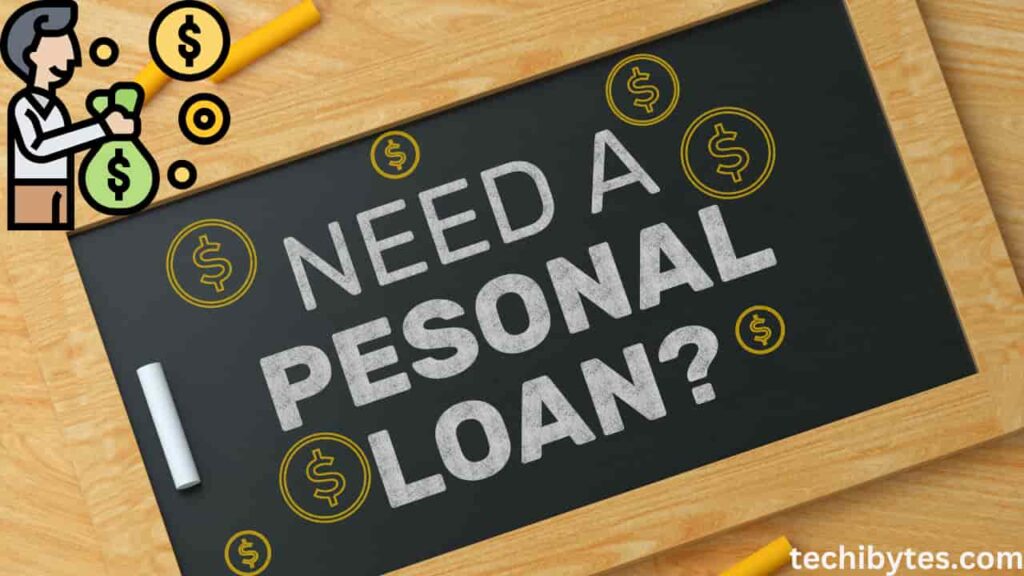There are multiple reasons people take personal loans, starting with medical emergencies and funding vacations and ending with paying off credit card bills and borrowing money for weddings or other events. When browsing for a loan, you will encounter a plethora of terms and conditions that transform a straightforward process into a pretty complicated one.
easy tips to get a Personal Loan
Follow these easy tips to get a loan simply and swiftly.
1. Ensure a good credit score
First off, you need to check your credit score. A bad credit score varies between 300 and 670, while a score above 700 is considered good or even excellent. There is a direct link between your credit score and interest rates, as a better credit history will allow you to qualify for loans with lower interest. By making timely payments on your previous credits, you will prove your loan repayment capacity and will have access to better loans.
2. Compare lenders
There are multiple lenders to choose from, including banks, credit unions, and online lenders. Choose reliable organizations and research client testimonials to make an informed conclusion. Some companies, like Payday Depot, will link you with lenders that offer payday and personal loans with soft credit history checks, while other lenders might require more verification and further proof of income.
3. Compare loan interest rates
With the plethora of loaning companies on the market, shopping for the perfect lender might seem like a long and endless process. Before deciding which bank to take a loan from, it’s important to compare the personal loan interest rates from different lenders. It’s a complex decision, as some might offer higher interest but a shorter repayment time, so be sure to consider everything.

4. Choose a fixed- or variable-rate loan
Fixed loans have the same rate throughout the whole borrowing period, while variable loans will fluctuate and change as they are tied to a financial index. Variable-rate loans might often start with lower interest rates but are quite risky and unpredictable. Choosing fixed-rate loans is usually a safer option, even if you will have to pay a higher interest rate upfront.
5. Read the terms and conditions
Prior to taking a loan, it is important to pay attention to the terms and conditions of the loaner, like fees, penalties, repayment time, etc. There are numerous details to consider, so be sure to get the details straight before signing any documents.
6. Complete the application
Before completing your application, you can get pre-qualified for a loan. Basically, some banks and lenders will perform a soft credit check that will allow you to view the interest rates and get an idea of how much you can borrow. It’s not a necessary process, but it allows you to preview potential options.
When completing an application for a loan, you will need to verify your identity and address and submit proof of income. The list of documents will vary from lender to lender, but expect to provide your passport or driver’s license, utility bills to verify your address, and some previous bank statements.
Getting a loan is not a simple process. By getting pre-qualified for a loan, checking lenders’ reliability and interest rates, maintaining a good credit history, and providing the necessary documentation, you will get your personal loan in no time.